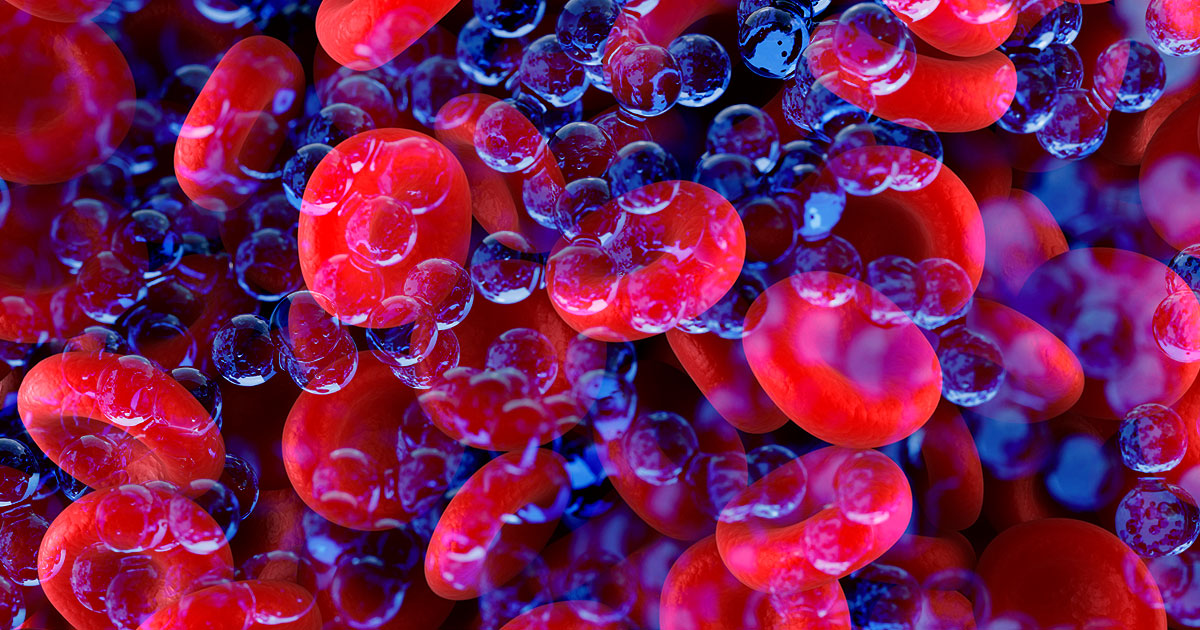Whether on land, in the water, or in the air, microplastics are present everywhere. Numerous studies have already established that plastic particles ranging in size from 0.001 to 5 millimetres hurt marine species. In recent years, microplastics have been found in humans. However, nothing is known about the actual repercussions.
A study published in the International Journal of Molecular Science recently investigated how microplastics damage the biology of mice. This allows for the drawing of conclusions about the human body. To ascertain the effects of microplastics on mouse behaviour, inflammatory responses, and the tissues in which they are concentrated, Jaime Ross of the University of Rhode Island conducted a study.
For three weeks, young and old mice were given drinking water containing various quantities of microplastics. Despite the small number of plastic particles in the water, the researchers noticed changes in the animals’ movements and general behaviour after only a short time. These symptoms were similar to those of dementia in humans. The researchers detected the most noticeable difference in the older study mice. After dissecting the animals, microplastics were found in all organs, including the brain and body excretions; changes in immunological markers in liver and brain tissue were also seen. Immune markers are proteins that can be used to diagnose and predict disease.
“Because the microplastics in this study were ingested orally through drinking water, detection in tissues such as the gastrointestinal tract, which is an important part of the digestive system, or the liver and kidneys was always likely,” Ross explained. However, the findings in organs such as the heart and lungs show that microplastics enter the bloodstream via the digestive tract. The blood-brain barrier, which defends against viruses and bacteria, is considered especially tough to penetrate, yet the plastic particles also pass through it. They were even discovered deep within brain tissue. As a result, a protein in the brain that supports many cell activities may be destroyed, potentially leading to neurodegenerative illnesses such as Alzheimer’s and depression.
A neuroscience and pharmacy professor, Jaime Ross, hopes to do additional studies. She wishes to learn more about how microplastics affect the brain and how the plastic particles cause disease.
In July of this year, the American Chemical Society published a study that discovered microplastics can penetrate and reside in the human heart. In April, Med Uni Vienna released a survey in which microplastics were found in the brains of rats two hours after oral consumption.
- source: kurier.at/picture: pixabay.com
This post has already been read 3407 times!



